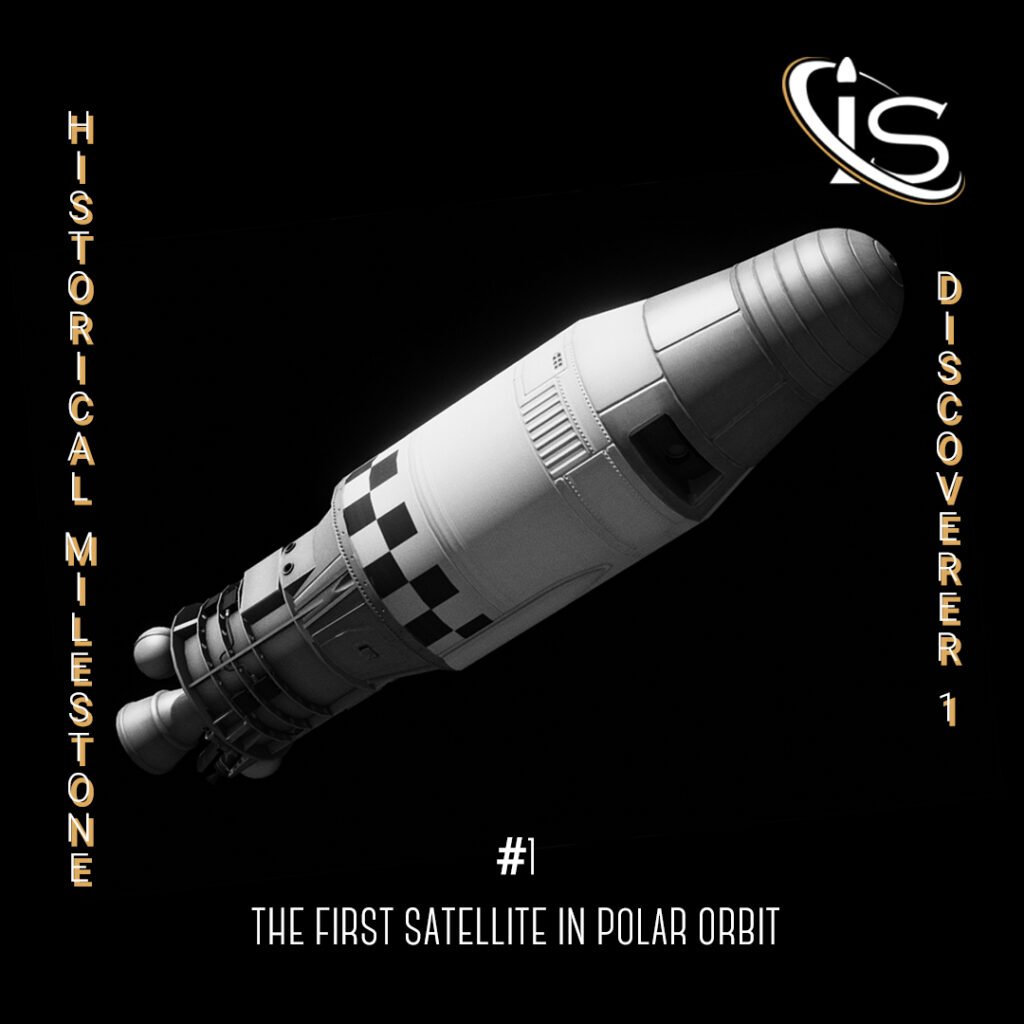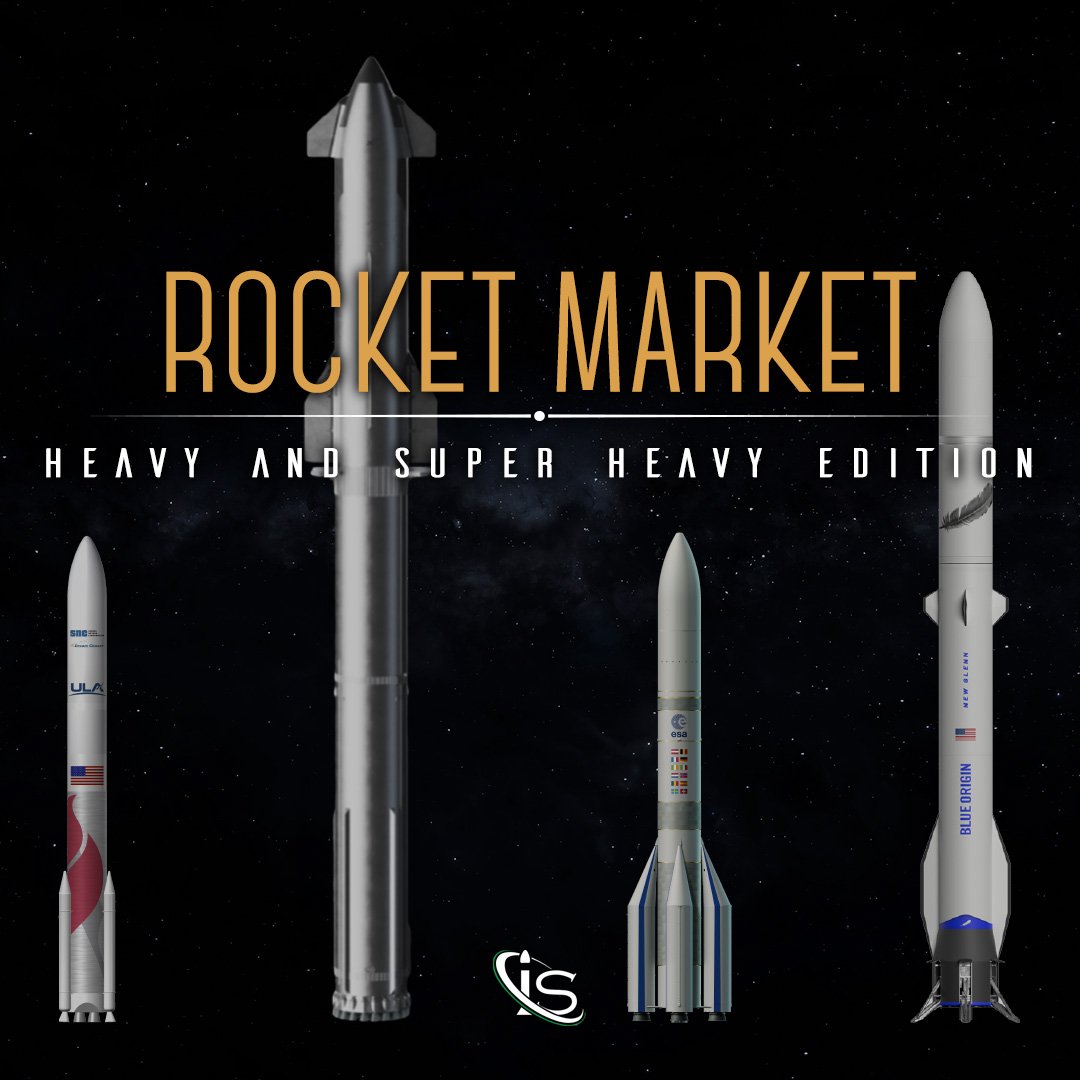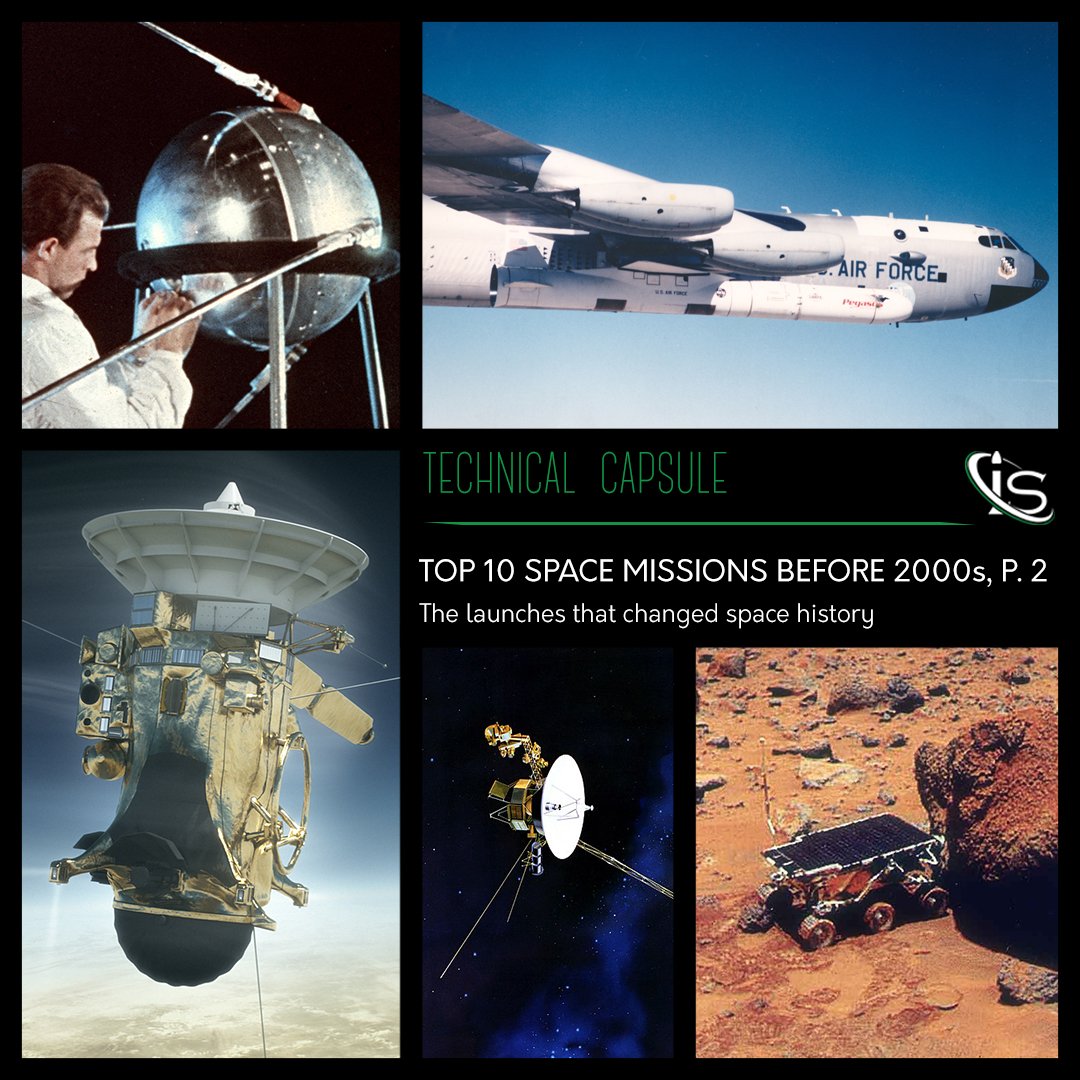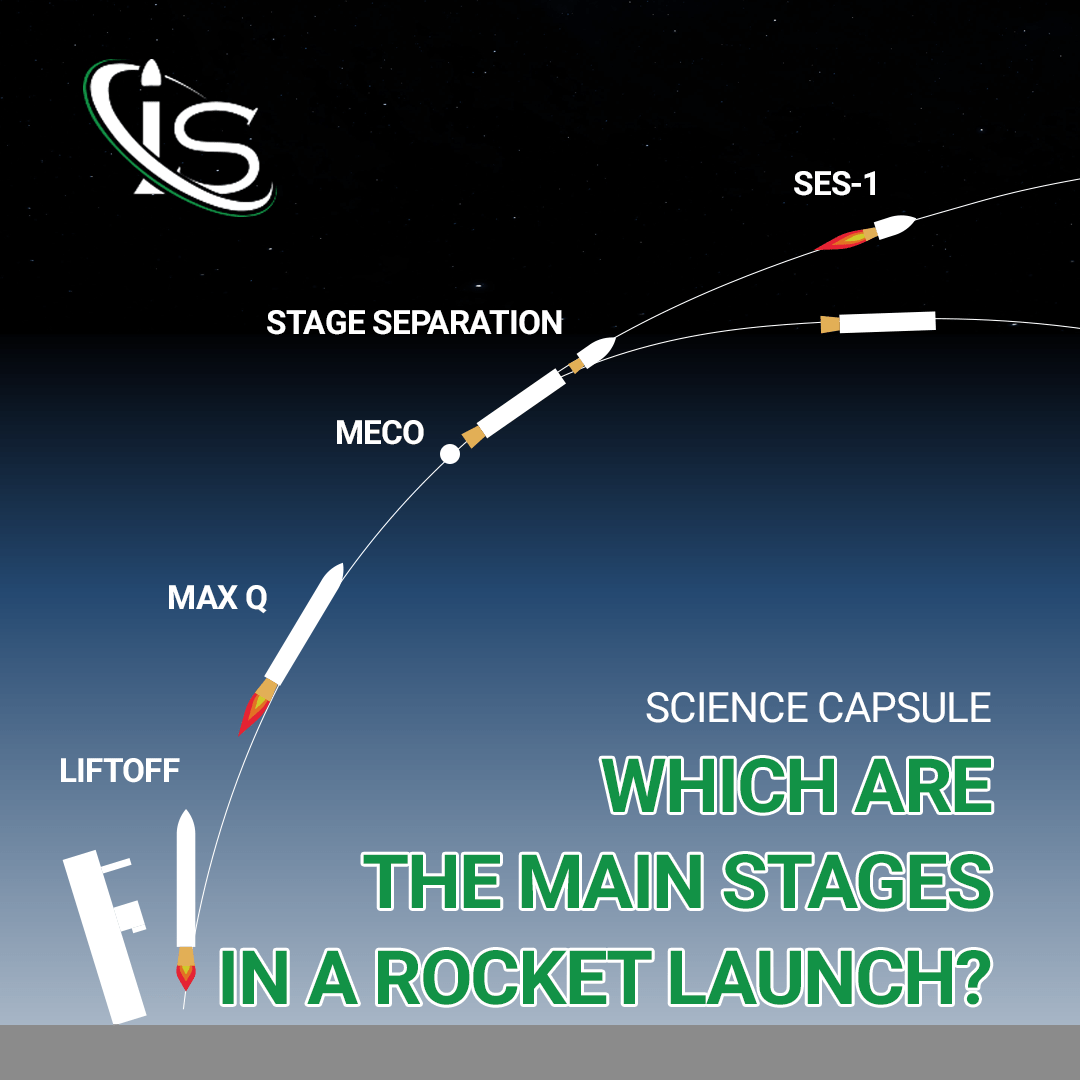Welcome to our first Historical Milestone! In this monthly series, we will discuss landmark occasions of the space industry. Each entry will come out on the anniversary of its event. This will, eventually, lead to a full timeline of historic moments on impulso.space. So, you can look forward to that! Up first, we have NASA’s Discoverer 1.

On February 28, 1959, NASA launched the satellite Discoverer 1 from the Vandenberg Air Force Base. The launch saw the first stage burnout at 28,529 km/h. The rocket then reached orbital altitude, with the second stage guiding its trajectory via pneumatic nitrogen jets. Finally, the engines of the second stage ignited, placing Discoverer 1 in polar orbit and making it the first-ever satellite to achieve this feat.
Discoverer 1
Discoverer 1 was a cylindrical Agena A upper stage, with a length of 5.73 m and a diameter of 1.52 m. Its casing consisted of magnesium, with the cap being a conical nosecone. This is also where the majority of the payload — communication and telemetry equipment — was stored. The equipment included a high-frequency, low power beacon transmitter for tracking. It also had a radar beacon transmitter; this included a transponder, which received command signals and facilitated long-range radar tracking. Discoverer 1 housed 15 separate telemetry channels, 10 of which continuous, with the rest being commuted. It was the only Discoverer satellite to not have a camera or film capsule.
Keep in mind the purpose of Discoverer 1 was to test out the propulsion and guidance system of the rocket. Its success would lead to a long line of Discoverer satellites going into polar orbit. This first attempt was not without its problems, however, as the satellite had trouble with communication after launch. Fortunately, it would still go on to intermittently broadcast for the rest of its mission.
Mission objective
The Discoverer missions were part of the secret Corona program; the program’s objective was to produce maps and charts for the US Department of Defense. These missions, in particular, had the objective of monitoring how quickly the Soviet Union was building long-range ballistic missiles. The US DoD did not divulge this goal to the public at the time. Instead, they presented the program as having the objective of orbiting large satellites and testing the environmental conditions necessary to bring humans into space. They only revealed the true intent in 1995 when the documents concerning the Corona program were declassified.





